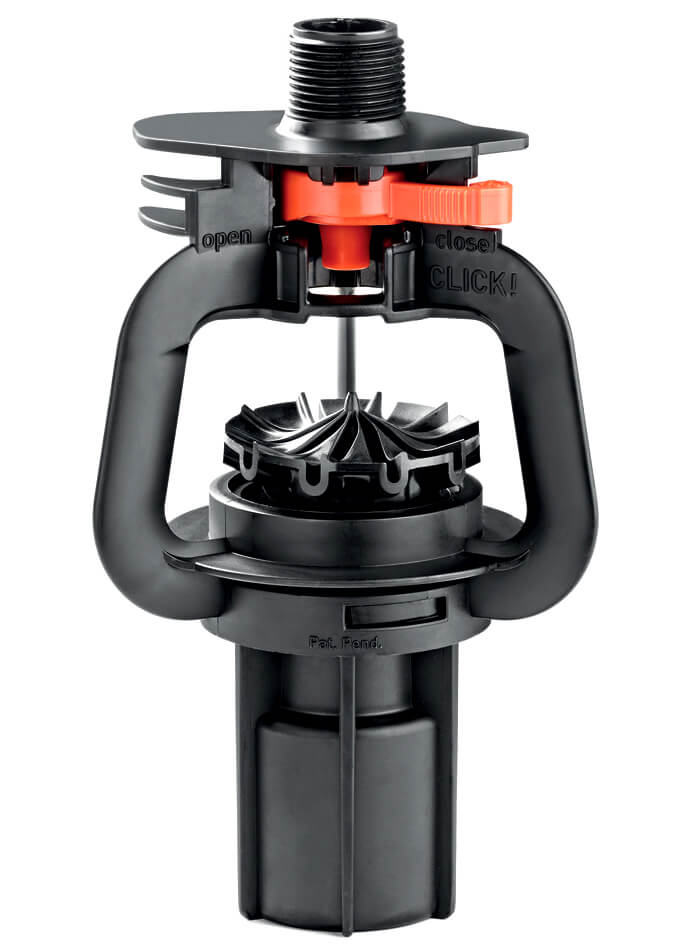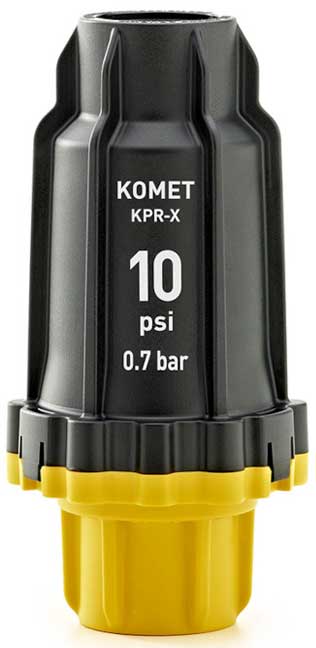No other food crop has influenced the course of history as much as the humble spud. Cultivated from multiple wild species in the Peruvian Andes from as early as 8,000 BC, the solanum tuberosum was brought to Europe during the Columbian Exchange in the 1500s – where the unfamiliar plant was initially viewed with suspicion. Soon, however, potatoes became a key crop capable of feeding the Old World’s booming population. This had an enormous impact on the lives of the poor and, consequently, on the social, economic and political structures of entire nations.
European settlers went on to cultivate potatoes in North America, though it was only in the early 1700s that they were grown on larger scale. Today, thousands of acres of US farmland are dedicated to this nutrient-rich root vegetable. In many developing countries, potatoes have become more popular than grain crops, as they generate higher yields per acre and use less water per food unit produced.
Cultivation. Unlike other major field crops, potatoes are planted in the form of small tubers. Their reproduction process is known as vegetative propagation, whereby each seed tuber gives rise to several ‘clones’ of itself. Traditionally, a portion of each harvest was set aside to use in the next planting season; today’s farmers are more likely to purchase certified seed tubers from specialist suppliers to reduce the risk of disease.

The tubers are usually planted in rows of heaped soil. This provides good drainage and aeration, as well as plenty of space for the underground stems that will bear the developing crop. Keeping these soil ridges intact is of utmost importance: if the tubers are ‘unearthed’ and exposed to the elements, this can cause serious problems – from stifled crop development to the production of solanine, a toxin that turns the potatoes green and can be harmful when consumed.
Irrigation. To avoid damaging the ridges and keep the spuds safely contained underground, it might seem tempting to err on the side of caution and simply install a set of sprinklers designed to distribute very small droplets. It’s certainly true that large droplets – with their greater kinetic impact – are more likely to displace the heaped soil and uncover the tubers. But going too far the other way can be just as detrimental: fine droplets are more prone to getting lost through wind drift and evaporation, which will compromise the crop’s health and productivity, while also wasting energy and water.
The goal is to irrigate according to the ‘Goldilocks Principle’: with droplets that are neither too large (causing run-offs, compacted soil & damaged ridges) nor too fine (leading to lost droplets & under-watered crops).
One way to achieve this is to use different nozzles at different points of the growth cycle. In the early stages, the lack of vegetative cover leaves the ridges more exposed to damage, while a shallower root system means that the young plants need less water to thrive. So you could start the season by configuring your sprinkler map with smaller nozzles, which typically emit fewer droplets per sprinkler than larger nozzles, reducing the kinetic energy load on the soil. As the plants become more established, their vegetative cover increases – and so does their evotranspirational demand. At this point, the map can be adjusted to the originally projected irrigation depth.
Of course, this is not a blanket, one-size-fits-all approach: the precise course of action will always depend on the behavior of the specific soil, and must be determined case-by-case. But on the whole, this strategy can work well in preserving the integrity of the ridges, while optimizing the use of water throughout the different stages of crop growth and watering requirements.
A potential drawback of this method is that replacing nozzles can be quite an undertaking – especially on large farms with several pivots across multiple fields. You have to retrieve the correct nozzles from storage, take them out to each field, remove and store the previous nozzles in a safe place (and hopefully remember where you’ve put them for the next time they are needed). To streamline this process, the Komet Precision Twister (KPT) comes with an integrated holder for a second nozzle, so both nozzles are kept on the sprinkler body at all times. This relieves you of the task of storing, labelling, finding and transporting your standby nozzles to and from the field. Instead, you can simply configure two sets of sprinkler maps (one with a reduced irrigation depth for the season start, and one with the full depth to come into effect halfway-through). The change-over of the nozzles then happens swiftly and easily on-site, as needed.

But this isn’t the only advantage that sets the KPT apart: Komet’s ultra-durable flagship sprinkler was designed for droplet consistency, which is maintained by its patented hydro-mechanical brake system. This ensures a uniform output of droplets that are extremely wind-drift-resistant, but at the same time will not compromise the structure of the soil. Compatible with over forty nozzle sizes and available for various types of installation, the KPT is able to deliver optimal irrigation for virtually any crop – including, of course, the unsung hero of global food security: the humble potato.



